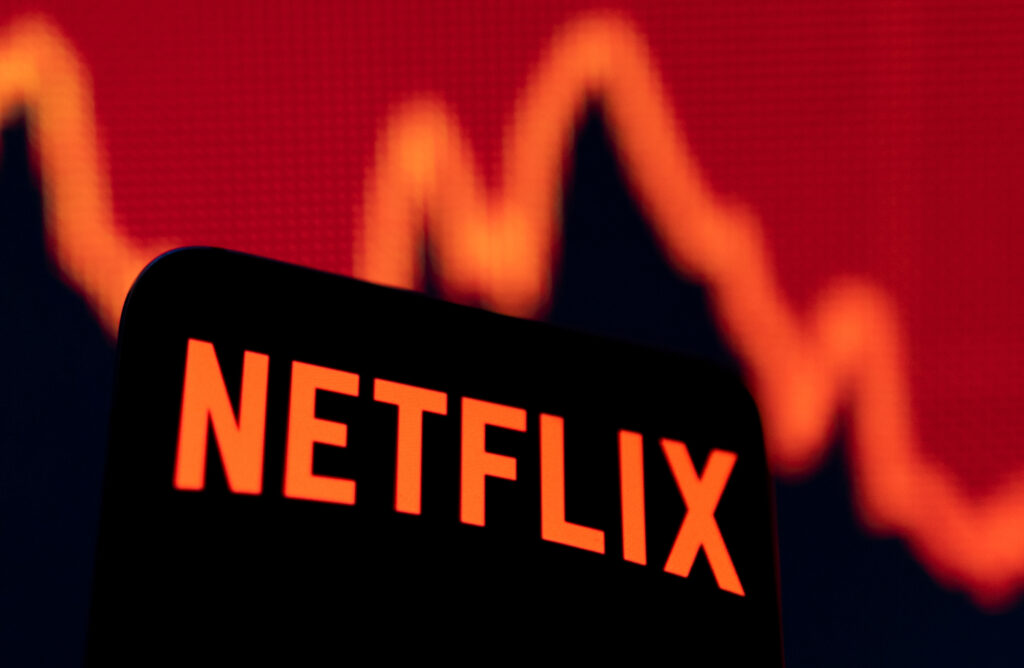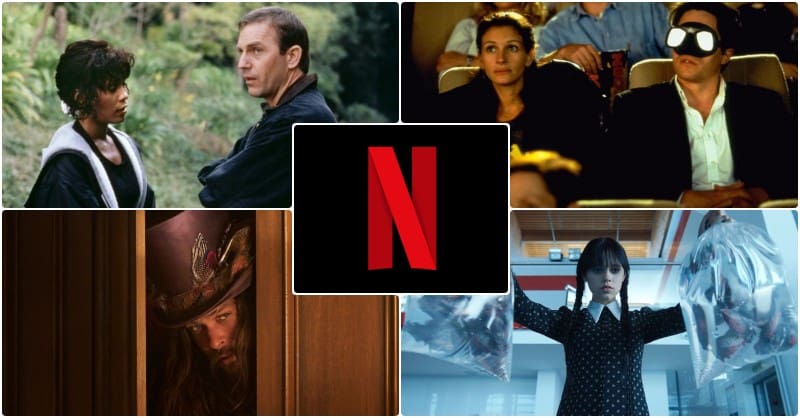Netflix, the streaming giant- with a catalog resembling the basement of someone with a hoarding disorder- has been facing a problem for a while now that has their subscription renewals in jeopardy. Rummaging through a mix of prematurely canceled shows that gathered a cult following and lackluster series that somehow managed to stick around for eight excruciating seasons, Netflix’s subscriber base struggles to find content worth investing time and emotion into. This has caused many of Netflix’s users to lose patience with the streaming service.
With the rise of Amazon Prime, HBO+, etc, Netflix has struggled to maintain the near monopolistic status it once gained with its plethora of subscribers and popularity in its early years. The lack of watchable shows amidst its vast array of content has also contributed to rising frustrations among its viewers.

Netflix’s approach of throwing everything at the wall and seeing what sticks, without any form of quality control, has resulted in a significant decline in subscribers, and consequently, loss of revenue. In the first quarter of 2022 alone, they lost a staggering 200,000 subscribers and a mind-boggling 50 billion dollars in value. (Helmore, 2022)
A shockingly low number of Netflix viewers actually finish the shows they start, highlighting the failure of Netflix Originals at retaining the audience’s attention. According to Forbes, low completion rates eventually lead to the cancellation of shows. With shows like “Riverdale,” “Chasing Cameron,” and “Emily in Paris” cluttering up the streaming catalogue, it becomes an arduous task to find watchable content.
Meanwhile, promising shows with dedicated fanbases, like “Anne with an E,” “Warrior Nun,” and “1899”, end up getting axed.
When Anne with an E was prematurely shut down, fans took to Twitter to express their frustration with the hashtag #renewAnneWithAnE, and it continues to be frequently used, mostly while talking about Netflix’s pattern of cancelling cult-favorite shows.
Adding to Netflix’s troubles is the Rotten Tomatoes debacle, with numerous Netflix originals featuring abysmal “Rotten” scores under the “Most Popular TV” and “Most Popular Streaming Movies” sections, further emphasizing the lack of quality in these original productions. Moreover, Netflix’s decisions to air controversial shows like Jada Pinkett Smith’s “Cleopatra”, which led to lawsuits, coupled with the impending conclusion of its most popular series like “Stranger Things” and “Never Have I Ever”, will only compound its downward spiral.

Instead of tackling these complaints head-on, Netflix has decided to crack down on password-sharing. As reported by Bloomberg’s Second Measure, this strategy has resulted in an impressive 236% increase in new subscribers for Netflix.
While this tactic appears to be effective, it amplifies the already existing concerns among viewers about the quality of content they are investing their money in. For instance, the prospect of a sequel like “Tall Girl 2” or a continuation of shows like “Snowflake Mountain” raises doubts about the availability of compelling content that would retain subscribers in the long run.
Many viewers speculate that the surge in new Netflix subscribers consists mainly of individuals who were removed due to password-sharing in the middle of watching a show, only resubscribing to finish the show before ultimately canceling their subscription.

However, some believe that Netflix’s ability to retain a significant subscriber base despite its mediocre content library is attributed to other factors. They argue that Netflix’s user interface (UI) is highly responsive and well-designed, offering an enjoyable streaming experience. Additionally, the video quality and loading speed are top-notch. While Netflix may have a subpar content catalogue, its service itself is excellent, and the superior UX (User Experience) design plays a crucial role in the enjoyment of modern streaming services. Thus, Netflix continues to maintain a clear lead in this aspect.
It is true that even today, Netflix is still the most popular streaming service worldwide, amidst heavy competition from other services. However, its competitors have managed to cut into Netflix’s dominance.
In its latest rankings, Netflix’s share of total demand — a measure of the popularity of its shows — was slightly above 50 percent for the first three months of the year, compared with 54 percent a year ago and 65 percent in the first quarter of 2019 according to an article in The New York Times.

Out of all the major streaming services, Netflix is said to have the worst catalog. The crackdown on password sharing will only lead to more people realizing that they do not need to be paying $10 dollars a month to have access to a snoozefest. With the high-quality catalog of content offered by competitors like Amazon Prime and HBO+, for almost the same prices, it’s no wonder that many of Netflix’s subscribers are jumping ships.
It is crucial to acknowledge and address the increasing discontentment among viewers. Finding a binge-worthy show on a popular streaming service like Netflix should be an enjoyable experience, not an arduous chore. Unless Netflix stops treating its content library like a cheap buffet and starts serving up some good shows, the trend of subscriber loss will persist, ultimately leading to Netflix’s downfall.







